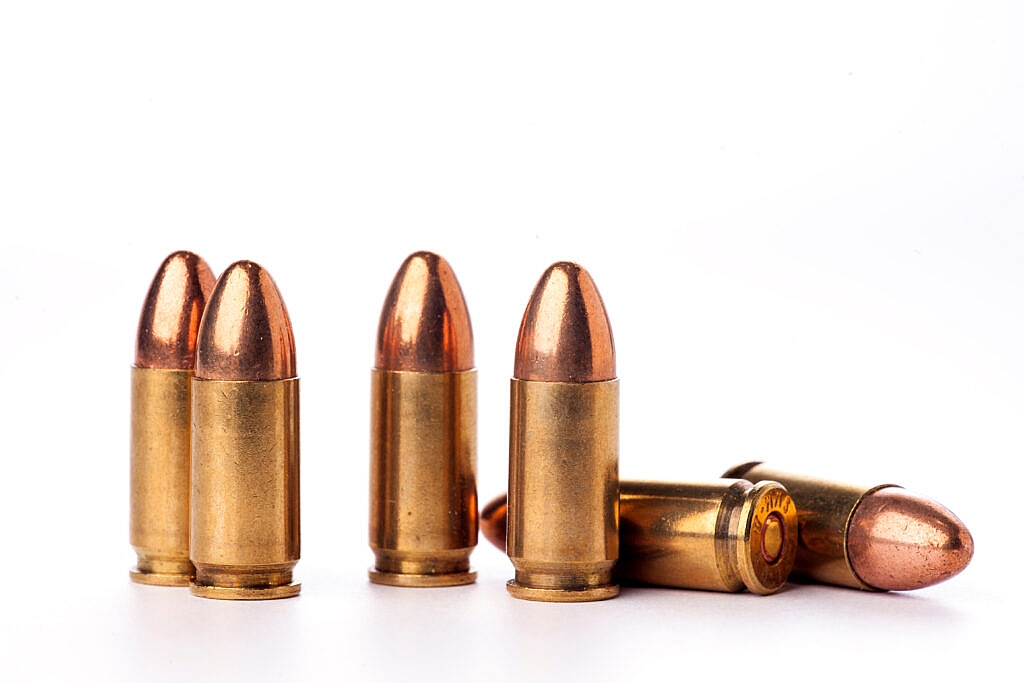
Buying ammunition can be confusing—especially if you’re new to shooting. Ammo boxes are covered with numbers, acronyms, and ballistic data that may look complicated at first glance. But once you know how to read the label, you’ll understand exactly what you’re buying, how it will perform, and whether it’s right for your firearm.
This guide breaks down the essential parts of an ammo label: caliber, bullet weight, bullet type, velocity, and other important details. By the end, you’ll be able to pick the right ammunition with confidence.

1. Caliber – The Most Important Specification
The caliber tells you the internal diameter of your firearm’s barrel and the size of the bullet it’s designed to fire. It is always the first thing to check on an ammo box.
- Examples of common calibers:
- 9mm Luger (9x19mm Parabellum)
- .45 ACP
- .223 Remington
- 5.56x45mm NATO
- 7.62x39mm
⚠️ Safety Rule: The caliber listed on your gun’s barrel or slide must exactly match the ammunition you use. Even if two rounds look similar, they may not be interchangeable. For example, .223 Remington and 5.56 NATO look nearly identical, but 5.56 NATO is loaded to higher pressure and should only be used in rifles rated for it.ammunition. Neglecting this step could lead to safety hazards or performance issues during shooting.
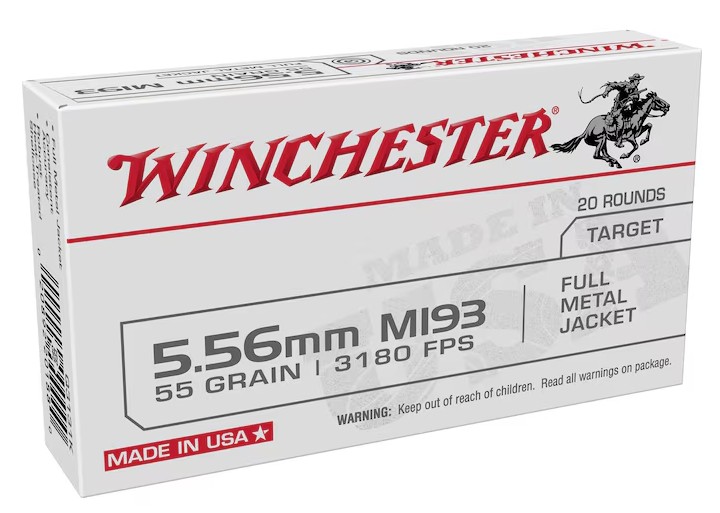
2. Bullet Weight – Measured in Grains (gr)
The bullet weight (not the total cartridge weight) is shown in grains, abbreviated as “gr.” One grain = 1/7,000th of a pound.
- Light bullets: Faster velocity, flatter trajectory, less recoil. (Example: 115 gr in 9mm)
- Medium bullets: Balanced speed and stopping power. (Example: 124 gr in 9mm)
- Heavy bullets: Slower but with more momentum and penetration. (Example: 147 gr in 9mm)
💡 Choosing bullet weight often depends on purpose: lighter rounds for target shooting, heavier rounds for defense or suppressed shooting.
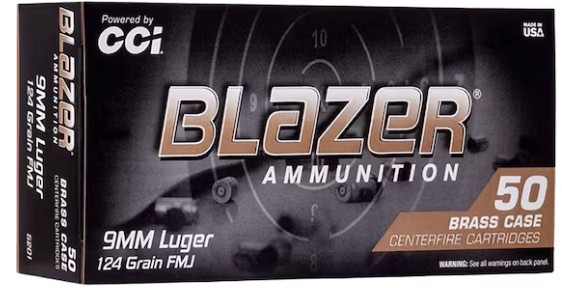
3. Bullet Type – FMJ, JHP, SP, and More
To evaluate the performance of the ammunition, head to a safe shooting range and conduct a firing test. HAmmo boxes usually include an abbreviation describing bullet construction. This affects how the round behaves on impact.
SUBSONIC: Slower velocity, designed to stay below the speed of sound (useful with suppressors).
FMJ (Full Metal Jacket):
Lead core covered with a harder metal jacket. Affordable, reliable, best for practice and target shooting.
JHP (Jacketed Hollow Point):
Expands on impact to create a larger wound channel. Standard choice for self-defense and law enforcement.
SP (Soft Point):
Exposed lead tip that expands more slowly than hollow points. Good for hunting medium-sized game.
Other common types:
TMJ (Total Metal Jacket): Lead fully enclosed; reduces lead exposure indoors.
FRANGIBLE: Designed to disintegrate on hard surfaces, reducing ricochet risk.
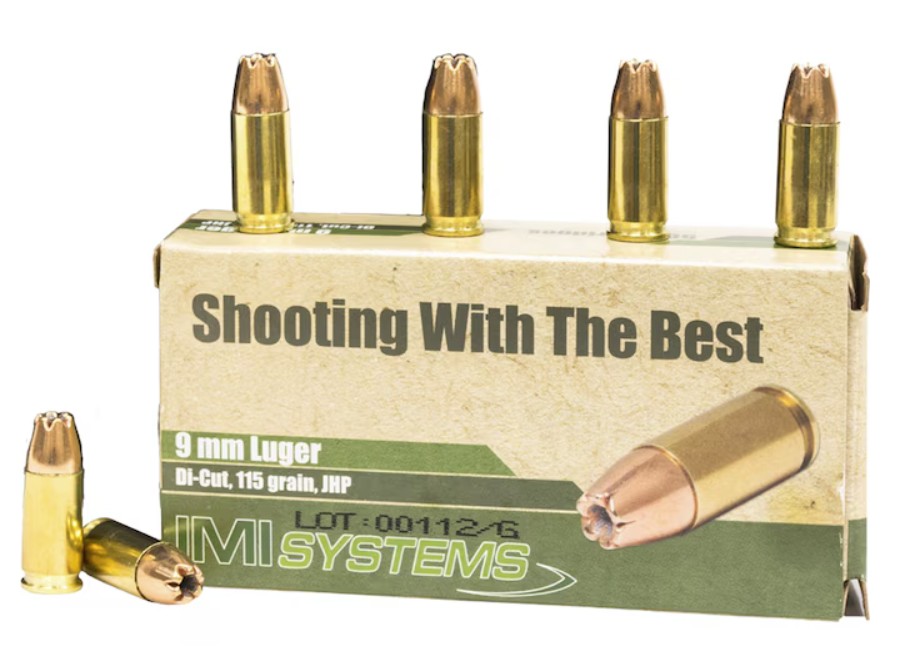
4. Velocity – Feet Per Second (FPS)
Some ammo labels list muzzle velocity in feet per second (FPS). This shows how fast the bullet leaves the barrel.
- Higher velocity: Flatter trajectory, greater energy transfer, useful for long-range shooting.
- Lower velocity: Softer recoil, quieter shot, sometimes better accuracy at short range.
Example:
- A 147 gr subsonic 9mm may list ~950 FPS.
- A 115 gr 9mm round may list ~1,180 FPS.
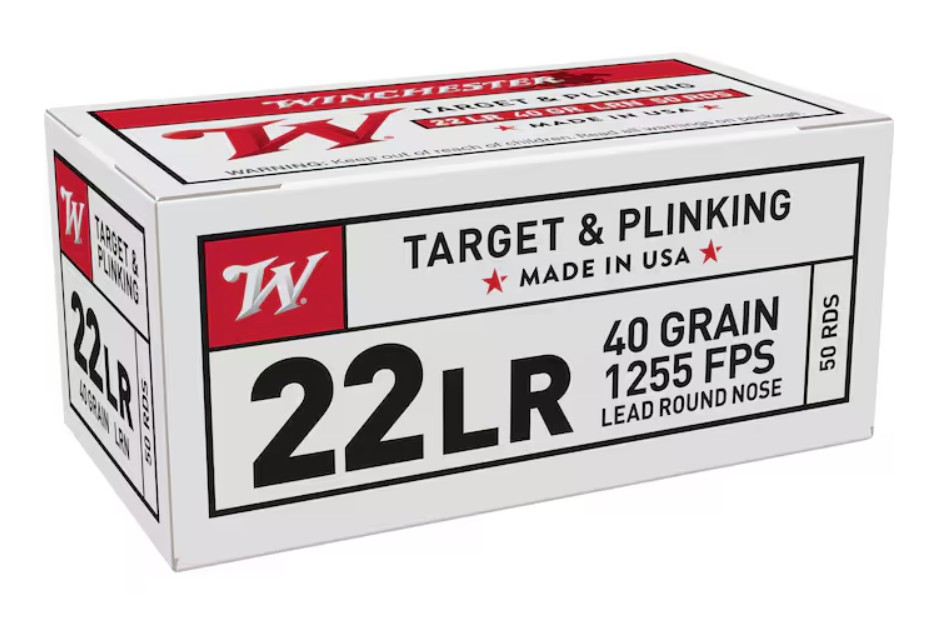
5. Energy – Foot-Pounds (ft-lbs)
Premium ammo often lists muzzle energy, which is the force the bullet delivers on impact, measured in foot-pounds.
- Higher energy = more stopping power.
- Hunters and defensive shooters use this information more than casual range users.
Example: A .223 Remington might deliver ~1,200–1,300 ft-lbs, while a 9mm round may deliver ~350–400 ft-lbs.
6. Pressure Ratings – “+P” and “+P+”
Some boxes may include +P (overpressure) or +P+ markings. This means the ammunition is loaded hotter than standard specifications for greater velocity and energy.
- Pros: Increases stopping power.
- Cons: Stronger recoil, more wear on your firearm.
⚠️ Warning: Only use +P ammo if your firearm is specifically rated for it. This will be noted in your gun’s manual.
7. Case Material and Primer Type
Ammunition packaging will usually state the case material and whether primers are corrosive or non-corrosive.
- Brass Case: Most common, reloadable, reliable.
- Steel Case: Cheaper, not reloadable, harder on extractors.
- Aluminum Case: Lightweight and inexpensive, but not reloadable.
Primers may be listed as Boxer primed (common in the U.S., easy to reload) or Berdan primed (common in military surplus ammo, harder to reload).
Most modern ammo is non-corrosive, but always check—especially with surplus imports
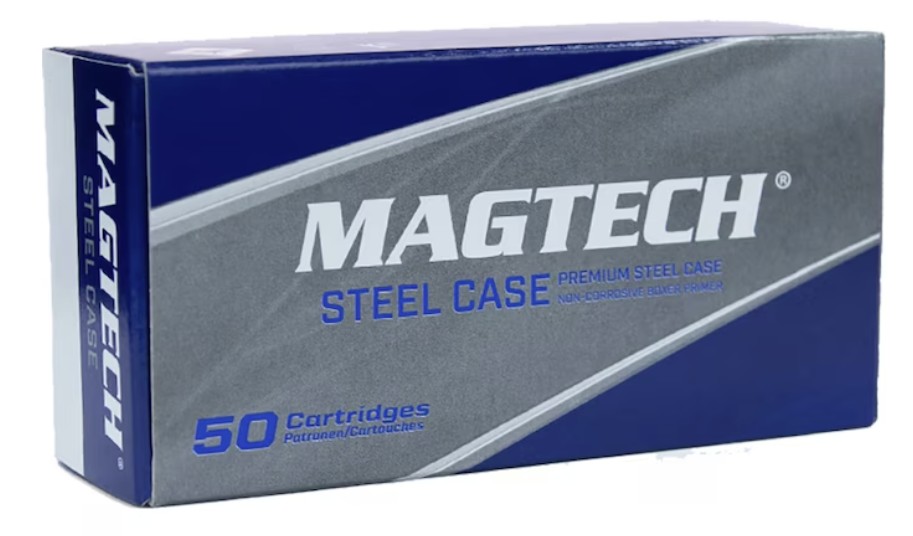
8. Ballistic Charts – Advanced Information
Some brands include ballistic tables showing:
- Bullet drop at 50, 100, 200 yards.
- Remaining velocity at different distances.
- Energy values at range.
This is useful for hunters and long-range shooters but not essential for casual range use.
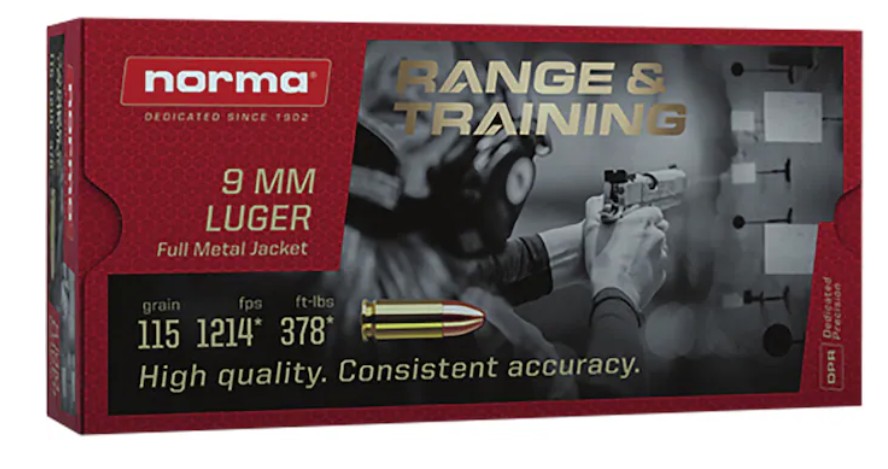
9. Other Special Labels
- “Match Grade” – Loaded to tight tolerances for competition-level accuracy.
- “Lead-Free” – Safer for indoor ranges.
- “Subsonic” – Specifically designed to stay under ~1,125 FPS (speed of sound).
- “Training” or “Range” – Usually FMJ rounds meant for high-volume shooting.
Conclusion
Ammo labels are not just marketing—they’re technical specifications that tell you exactly how the round will perform.
When you pick up a box of ammo, check:
- Caliber – Must match your firearm.
- Bullet weight – Affects speed, recoil, and penetration.
- Bullet type – FMJ for practice, JHP for defense, SP for hunting.
- Velocity and energy – Determine power and trajectory.
- Case and primer type – Impact reloadability and reliability.
Once you get comfortable reading these details, you’ll never second-guess your ammo purchase again.
📌 Coming Soon on AmmoSpecials.com:
- Steel vs. Brass Ammo Cases: Pros, Cons, and Which to Buy
- Weekly Ammo Deals Roundup: Best Prices on 9mm, .223, and More